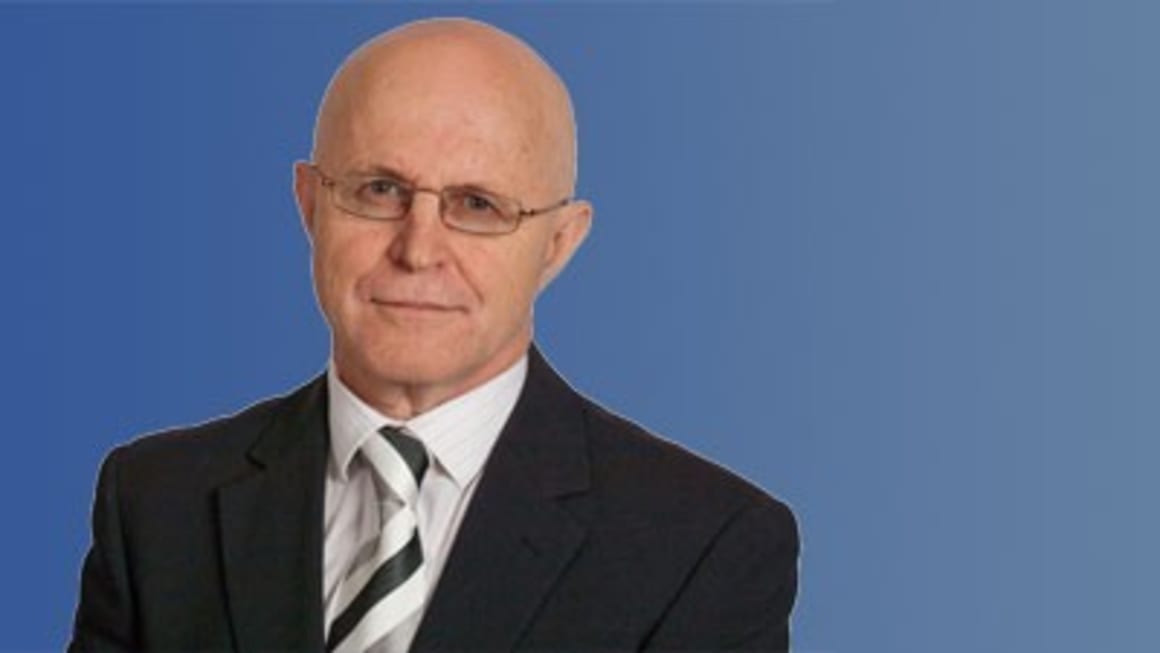Ipswich dominates Brisbane property market and is poised for strong growth: Terry Ryder

The domination of the Brisbane market by Ipswich is unprecedented in Australia. There’s no other instance where one corner of a metropolitan area so totally dominates the capital growth rankings.
The Brisbane metropolitan area encompasses numerous municipalities, including Brisbane City (the centre), Logan City (south), Redland City (east), Moreton Bay Region (north), Scenic Rim Region (far south) and Ipswich City (south-west).
There are around 300 residential suburbs and when ranked according to capital growth rates (average over the past 10 years, based on Australian Property Monitors data), Ipswich suburbs fill the top six places and eight of the top 10.

It’s mostly about affordability, combined with good transport connections and plenty of employment nodes. All of the suburbs that fill the top 20 for long-term capital growth have median prices under $325,000; 15 of the top 20 have median house prices under $285,000.
The top 20 suburbs have growth rates between 12% and 14%, with Ipswich locales like Booval, Goodna and Silkstone at the top of the list.
The Ipswich corridor is well-known around Australia as a growth region. It became popular with investors in the mid-noughties for its cheap prices and above-average yields, and prices rose strongly in the five years to 2010.
In concert with other Brisbane area markets, growth subsided in 2010 and 2011, with some decline in median prices.
But Ipswich’s evolution into a headline hotspot of national standing will continue well into the future, and the area is poised to resume strong growth.
Big infrastructure developments like the $2.8 billion upgrade of the Ipswich Motorway (officially opened in May) and the $1.5 billion rail link to the Springfield master-planned community are adding to the area’s appeal, as is the ongoing emergence of major jobs nodes, such as the commercial components of Springfield, big industrial estates like Citiswich and the expanding RAAF Base at Amberley, just outside Ipswich.
According to 2011 census data, the population of Ipswich City is now 172,000. The Ipswich Statistical Area (which includes the Scenic Rim and Somerset regions) had a population of 282,000.
Its potential for expansion is evident in that the Brisbane and Ipswich local government area have similar land areas, but Brisbane municipality has five times the population. This is one reason Ipswich City features so prominently in state government blueprints for population growth in south-east Queensland.
The Darra-to-Springfield rail line is under construction, for completion in 2013. Springfield Land Corporation chairman Maha Sinnathamby says the train station in the Springfield CBD will be the focus of a $60 million transport hub and is a game changer for the master-planned development.
The predominance of Ipswich City in the Brisbane metropolitan area is not surprising. Every suburb-by-suburb analysis I conduct shows the cheaper outlying areas lead the capital growth rankings. This applies equally to Adelaide, Perth, Melbourne, Hobart and Canberra. Budget suburbs also feature strongly in Sydney, though a little less so than in the other cities.
But no city precinct has the dominance of Ipswich. And there’s no indication this will change any time soon.
Terry Ryder is the founder of hotspotting.com.au and can be followed on Twitter.